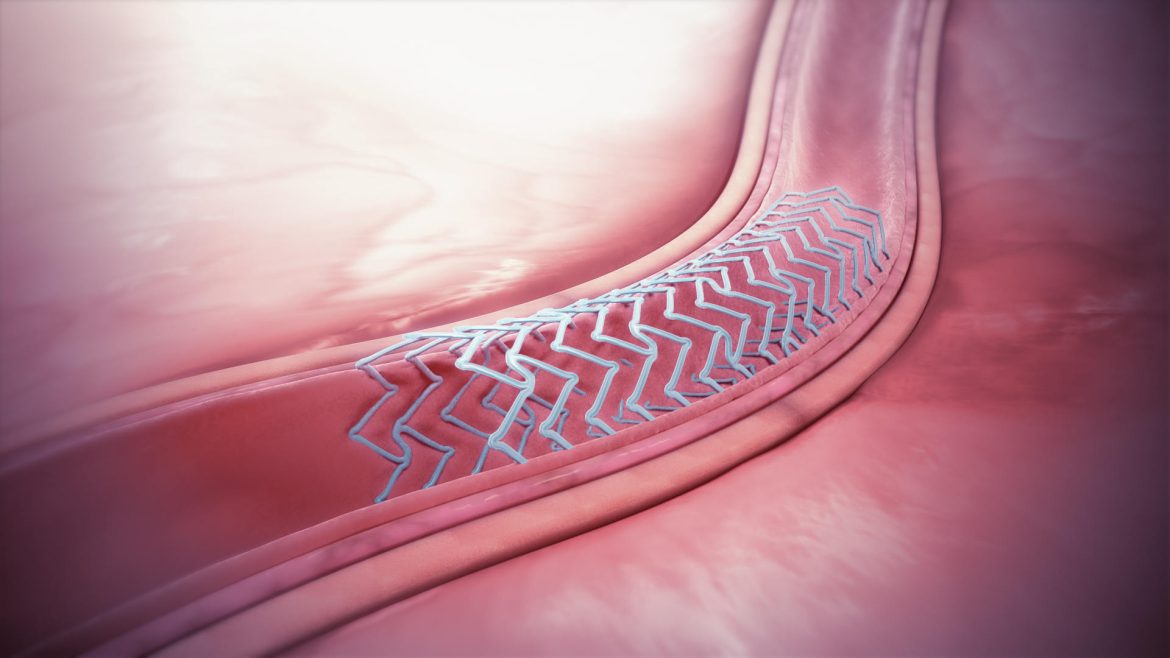Coronary artery disease (CAD), also known as ischemic heart disease, is one of the leading causes of death worldwide. This condition arises when the coronary arteries, the blood vessels that supply oxygen-rich blood to the heart muscle, become narrowed or blocked due to the buildup of plaque. Plaque is composed of fat, cholesterol, calcium, and other substances found in the blood. Over time, this buildup, known as atherosclerosis, restricts blood flow to the heart, leading to a range of serious health issues, including heart attacks.
The Process of Atherosclerosis
The development of CAD begins with damage or injury to the inner layer of a coronary artery. This damage may be caused by various factors, including:
Smoking: Tobacco use is a significant risk factor for CAD. Chemicals in tobacco smoke can damage the lining of blood vessels and increase the likelihood of plaque formation.
High Blood Pressure: Hypertension can accelerate the damage to the arteries, making them more susceptible to atherosclerosis.
High Cholesterol Levels: An excess of low-density lipoprotein (LDL) cholesterol, often referred to as “bad” cholesterol, can contribute to plaque buildup. Conversely, high levels of high-density lipoprotein (HDL) cholesterol, or “good” cholesterol, are protective.
Diabetes: Elevated blood sugar levels can damage blood vessels and promote atherosclerosis.
Sedentary Lifestyle: Lack of physical activity can lead to obesity and other conditions that increase the risk of CAD.
Unhealthy Diet: Diets high in saturated fats, trans fats, and cholesterol can increase cholesterol levels and contribute to plaque formation.
Obesity: Excess body weight, particularly around the abdomen, is associated with increased blood pressure, cholesterol levels, and the risk of diabetes.
Family History: A family history of heart disease can indicate a genetic predisposition to CAD.
Symptoms And Diagnosis
Symptoms of CAD
Many people with CAD do not exhibit symptoms initially. As the disease progresses, symptoms may include:
Angina: Chest pain or discomfort that occurs when the heart muscle does not get enough oxygen-rich blood. Angina may feel like pressure, squeezing, fullness, or pain in the center of the chest. It can also be felt in the shoulders, arms, neck, jaw, or back.
Shortness of Breath: If the heart cannot pump enough blood to meet the body’s needs, it can lead to shortness of breath or extreme fatigue with exertion.
Heart Attack: A heart attack occurs when a coronary artery becomes completely blocked. Symptoms include chest pain or discomfort, shortness of breath, sweating, nausea, lightheadedness, and discomfort in other areas of the upper body.
SEE ALSO: What Is The Coronary Blood Flow Per Minute?
Diagnosing CAD
Several tests can diagnose CAD, including:
Electrocardiogram (ECG or EKG): This test records the electrical activity of the heart and can detect abnormalities.
Echocardiogram: An ultrasound of the heart that provides detailed images of the heart’s structure and function.
Stress Test: This test assesses how the heart works during physical activity. It can help reveal problems with blood flow within the heart.
Cardiac Catheterization: A procedure where a catheter is inserted into a coronary artery. A dye visible on X-ray is injected through the catheter, allowing doctors to see blockages.
CT Angiography: A specialized imaging test that uses a CT scan to visualize the coronary arteries.
Risk Factors And Prevention
Modifiable Risk Factors
Several risk factors for CAD can be modified to reduce the risk of developing the disease. These include:
Quit Smoking: Avoiding tobacco can significantly reduce the risk of CAD.
Healthy Diet: Eating a diet rich in fruits, vegetables, whole grains, and lean proteins can help manage weight, cholesterol, and blood pressure.
Regular Exercise: Engaging in regular physical activity helps maintain a healthy weight and lowers the risk of high blood pressure, high cholesterol, and diabetes.
Manage Stress: Chronic stress can contribute to heart disease.
Techniques such as meditation, yoga, and relaxation exercises can help manage stress.
Limit Alcohol: Excessive alcohol consumption can increase blood pressure and contribute to heart disease. Moderation is key.
Non-Modifiable Risk Factors
Some risk factors for CAD cannot be changed:
Age: The risk of CAD increases with age.
Gender: Men are generally at higher risk for CAD earlier in life than women. However, the risk for women increases and may eventually equal or surpass that of men after menopause.
Family History: A family history of heart disease increases the likelihood of developing CAD.
Treatment Options
Lifestyle Changes
Lifestyle modifications are often the first line of treatment for CAD.
These changes include:
Dietary Adjustments: Reducing intake of saturated fats, trans fats, and cholesterol while increasing fruits, vegetables, and whole grains.
Regular Physical Activity: At least 30 minutes of moderate-intensity exercise most days of the week.
Weight Management: Achieving and maintaining a healthy weight.
Smoking Cessation: Stopping smoking and avoiding secondhand smoke.
Stress Reduction: Managing stress through relaxation techniques and adequate sleep.
Medications
Several medications can help manage CAD:
Cholesterol-Lowering Medications: Statins, niacin, fibrates, and bile acid sequestrants can lower cholesterol levels.
Antiplatelet Drugs: Aspirin or other antiplatelet medications can prevent blood clots.
Beta-Blockers: These drugs reduce blood pressure and heart rate, decreasing the heart’s demand for oxygen.
Nitroglycerin: Used to relieve angina symptoms.
ACE Inhibitors and ARBs: These medications help relax blood vessels, lower blood pressure, and reduce the heart’s workload.
Conclusion
Coronary artery disease is a serious and potentially life-threatening condition, but it is manageable with the right combination of lifestyle changes, medications, and medical procedures. Understanding the causes, risk factors, symptoms, and treatment options is crucial for preventing and managing CAD. By taking proactive steps to reduce risk factors and adhere to treatment plans, individuals can improve their heart health and overall quality of life.

